The focus for development is the newer sectors healthier and snacking plus kids, where growth is strong and the potential is huge.
McVitie's has been the pacesetter, putting its key brands such as Jaffa Cakes, Digestives and Chocolate Hob Nobs into tubes over the last two years to give them a more modern image and to extend usage into snacking and out of home consumption.
Trading director Martin Perkin says the Tubes range has changed the way consumers perceive biscuits and the way they eat them. "It's been hugely successful, with Jaffa Cakes Tubes now representing almost a third of total Jaffa Cakes sales."
This year the company has put £2m behind Tubes with a huge focus on the Chocolate Hob Nobs variety, including a poster campaign. The Snacks to Go range, a composite of key brands in snack pack format for adults and children, has been reinforced this year by Mini Chocolate Hob Nobs and Penguin Flipper Dipper. Perkin says the Minis range, which aims at an adult audience, has seen significant growth. "Mini Cookies, the number one selling Snacks to Go brand, and Mini Chocolate Digestives grew 22% and 32% respectively in 2000, showing the huge sales potential.
"We believe annualised sales of the new Minis range will soon be worth almost £10m," says Perkin.
Go Ahead, in the healthy area, is in the middle of a three-stage programme to revitalise the brand which had a difficult time last year. Eleven varieties were withdrawn and nine new ones introduced. "We're introducing a new pack design in November and plan more new products next year," says Perkin.
McVitie's dominance now faces a fresh challenge in the form of Burton's Foods, the new name for the amalgamation of Burton's and Horizon, which holds the number two position with a 21% market share. Marketing director Tony Camp says the company has a large programme of product development under way, with new packaging formats very much at the forefront. "We are looking at different usage occasions, such as lunchbox, dashboard dining and office consumption, as well as the home."
Burton's has already unleashed a raft of developments. Cadbury's Fingers and Maryland Cookies have gone into mini biscuits in resealable tubs, with very successful results. "The tubs are about sharing in front of the TV. Cadbury's Fingers is number one in special treats and the tub takes the brand into everyday treats and makes it a year round product. We expect Mini Fingers to reach £2m in its first year," says Camp.
To stretch Fingers even further, Caramel Fingers has just been introduced and the whole brand is being supported by a £3m campaign. Camp says recent promotions have boosted Fingers growth to 50% this year.
The leading cookie, the Maryland range, has seen much activity with a relaunch in foil packaging, a move into the lunchbox market with the debut of a snack pack format, plus the introduction of a limited edition toffee apple variant for hallowe'en. Camp says more innovations are on the way next year.
Jammie Dodgers, beacon brand in the kids' sector, has been revamped with new packaging to emphasise the jaminess' which Camp says is important to the product, while tarts have been introduced to push into new categories. Backed by a £3m campaign that included TV and a jam wrestling competition, sales have grown 11% this year.
Next year will be Wagon Wheels' turn for development. "We are working on it now. We're looking at sharing and how to bring women to the brand. It has huge potential to stretch," says Camp.
Like the other big players, Fox's is putting emphasis on the newer, rapidly growing and more profitable segments. Its core Crunch Creams brand has seen a 6% y-o-y value increase, according to customer marketing controller Mark Goode, but with constant promotions taking the value out of the sector, there's little incentive to invest in everyday biscuits. Instead Fox's is concentrating on growing its presence in the healthier sector with Big Softies, a 97% fat free range that includes cookies for home consumption and bars for lunchbox and snacking. A large single bar for the convenience sector is now being introduced. Goode says the brand is worth £6m and he anticipates it soon reaching £10m. "Our other area of development is creating more usage occasions for Echo, our chocolate biscuit bar. We've now created a two-bar format to position it in confectionery alongside the likes of Twix and Time Out," says Goode.
Echo's expansion into confectionery reverses the trend for confectionery brands to move into biscuits. Nestlé Rowntree is the leading protagonist, having recently added chocolate biscuit bar versions of Rolo, Yorkie, Toffee Crisp and Milkybar to its established line up of Kit Kat, Breakaway and Blue Riband. But with its latest developments, it has moved away from bars.
Launched this Spring, Blue Riband Munchy Bites takes the brand out of flow wrap and into box format as a light snack in easy-to-eat portions. "They're for the big night in with family and friends," says sales communications manager Graham Walker.
It has also introduced After Eight Biscuits, mint chocolate squares modelled on the confectionery brand.
Biscuits are also about indulgence, so it comes as no surprise that the premium sector is another of the market's top performers. Bahlsen marketing manager Geoff Wright says the special treat segment, worth £74m according to ACNielsen, has gained 5% with Bahlsen's sales up 12% in the last year. Growth is being led by Continental chocolate biscuits, such as Bahlsen's bestseller Choco Leibniz which has increased household penetration by 59% after tripling its marketing spend over the last three years.
In the fixture, Wright says it's become tougher for smaller brands to get promotional slots because retailers have reduced the number. "We've addressed this with a 99p trial pack on First Class, a chocolate and hazelnut wafer, which will run to next year."
Best performer in the whole category is crackers and crispbread which has seen a massive 20% uplift in value [TNS]. Jacob's marketing manager Cath Pickering says one reason is the increased innovation at the premium end during the last two years. "We've introduced snack packs and an Italian range, Quaker launched Snack a Jacks, and there have been a number of other developments. They have all generated interest in the sector, brought consumers to the fixture, and put back more value in the category."
Another is the change in the way in which crackers are eaten. "We've found through research groups a trend for younger consumers to buy crackers to serve with cheese and other toppings as an informal meal for friends. Younger consumers no longer have the time or the inclination to produce three course dinner parties, but they want more than snacks, and crackers with accompaniments are seen as proper food for these occasions," says Pickering.
Jacob's is capitalising on this trend with a £6m relaunch that brings sharper, more uniform branding to the Cracker range and a new TV campaign. It's also launched Thai Bites, oriental rice crackers with less than 5% fat. They are pitched at a largely female audience in the 30-35 age group and come in oriental spice, sweet herb and lightly salted varieties.
{{FOCUS SPECIALS }}
Close menu
- Home
- Retail & Wholesale
-
Products & Suppliers
- Back to parent navigation item
- Products & Suppliers
-
Product Categories:
- Back to parent navigation item
- Product Categories:
- Alcoholic drinks
- Bakery
- Cereals & breakfast
- Cheese
- Chicken & poultry
- Chocolate
- Confectionery
- Crisps, nuts & snacks
- Dairy
- Fish
- Fresh produce
- Frozen
- Household
- Meat
- Own Label
- Sauces & condiments
- Seasonal
- Soft drinks
- Vaping
- Vegan & plant-based
- World foods
- Suppliers
- People
- Reports & Data
-
Topics A-Z
- Back to parent navigation item
- Topics A-Z
-
Popular topics:
- Back to parent navigation item
- Popular topics:
- Cost of living crisis
- Crime
- Deposit Return Schemes
- Finance
- Government & Regulation
- Health
- Inflation
- Loyalty
- Marketing
- Mergers & Acquisitions
- New Product Development
- Sourcing
- Supply chain
- Sustainability & environment
- Technology
- Ultra Processed Foods
- Vaping
- A-Z all topics
- Content by type:
- Events
- Subscribe now
Sign in to comment on this article
Not logged in before? Register for FREE guest access today.
You will be able to:
- Read more stories
- Receive daily newsletters
- Comment on stories
Advert



![XOXO-Product-Shot[ALL FLAVOUR]-Sky-1920x1080](https://dmrqkbkq8el9i.cloudfront.net/Pictures/274x183/4/9/2/355492_xoxoproductshotallflavoursky1920x1080_806584_crop.jpg)



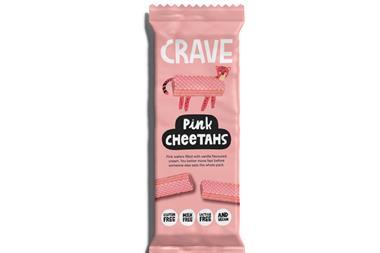
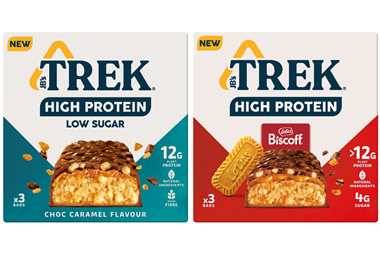
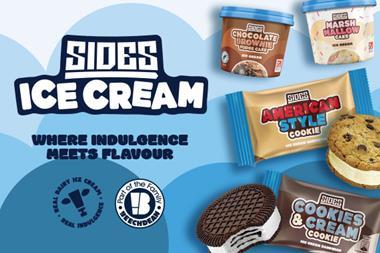
![XOXO-Product-Shot[ALL FLAVOUR]-Sky-1920x1080](https://dmrqkbkq8el9i.cloudfront.net/Pictures/380x253/4/9/2/355492_xoxoproductshotallflavoursky1920x1080_806584_crop.jpg)
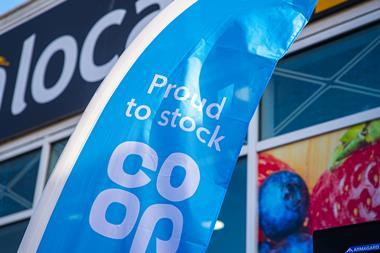

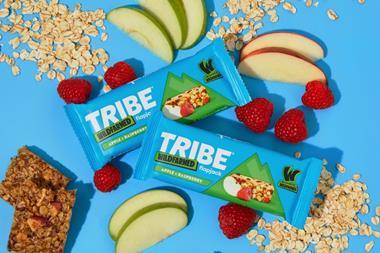
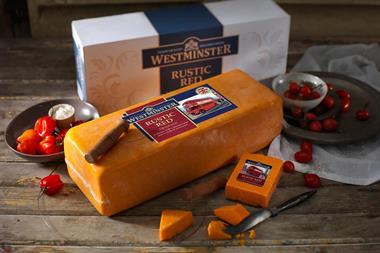
No comments yet